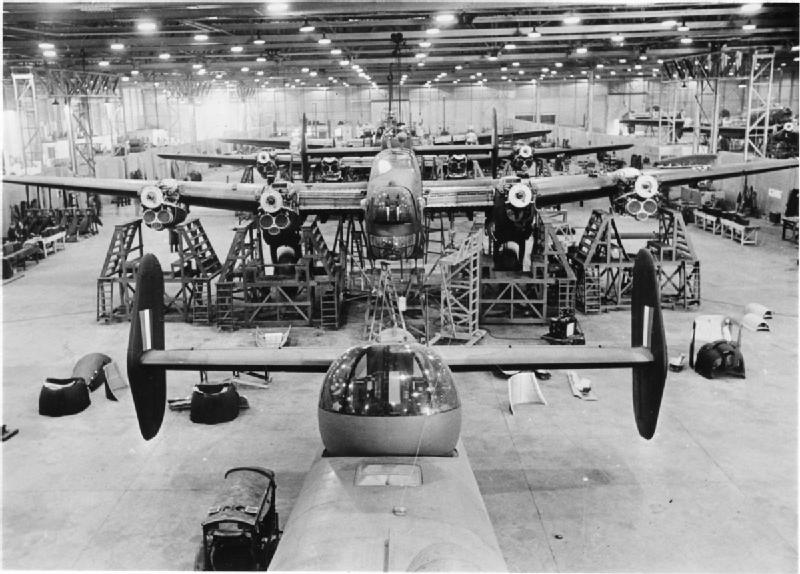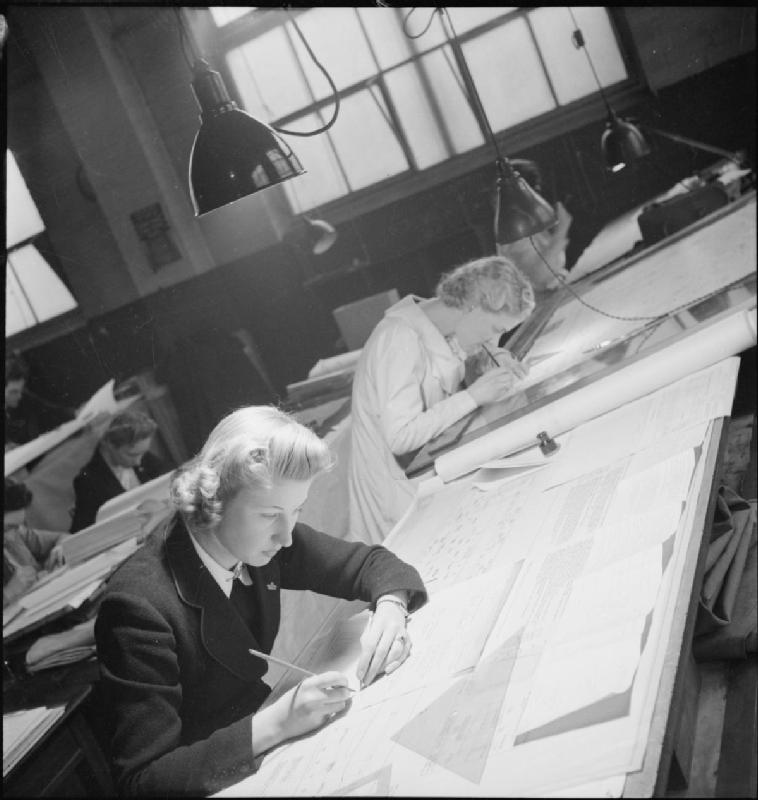The Development and Role of the Halifax Aircraft





Development
The Halifax was initially intended as a twin-engined, medium range bomber (British Air Ministry P 13/36). Handley Page Ltd. designed the HP56 to be fitted with two Rolls Royce Vulture engines but, because the performance of the engines was unsatisfactory, the aircraft was not built. Modifications to the design resulted in a larger aircraft, the HP 57, powered by four Rolls Royce Merlin XX engines. The maiden flight of the Halifax prototype took place in 1939, soon after England declared war on Germany. Production began and the aircraft entered service with the Royal Air Force 35 Squadron at Linton-on-Ouse, Yorkshire, England in November 1940.
Technical Specs:
| Type: | Four engine long-range heavy bomber |
| Designed by: | Handley Page Ltd. Cricklewood, London, England |
| Assembled by: | Components manufactured by 45 sub-contractors: Handley Page Ltd., Rootes Securities Ltd., English Electric Company, Fairey Aviation, London Aircraft Production Group (all in England) |
| Production: | 1939 through 1946, 6178 aircraft |
| Variants: | Mark I, II and V: Wingspan 98 feet, length 70 feet Rolls Royce Merlin XX 1,100 HP liquid cooled engines All up weight 55,000 lbs (25,000 Kg) Max speed 280 mph (450 km/h) Range 1,900 miles (3000 km) |
| Mark III, IV and VII: Wingspan 104 feet, length 70 feet Bristol Hercules XVI 1650 HP sleeve valve air cooled engines All up weight 65,000 lbs (29,500 kg) Max speed 270 mph (430 km/h) Range 3,000 miles (4,800 km) | |
| Mark VI and VIII : Wingspan 104 feet, length 70 feet Bristol Hercules 100 1,800 HP sleeve valve air cooled engines All up weight 65,000 lbs (29,500 kg) Max speed 270 mph (430 km/h) Range 3,000 miles (4,800 km) |
Role
Along with the Avro Lancaster, the Halifax was an integral component of the RAF Bomber Command’s air offensive over German-occupied Europe. Whereas the Lancaster was used as a strategic bomber, the Halifax was a multi-purpose aircraft. It participated in bombing and mine laying, electronic jamming of enemy radar, weather and maritime reconnaissance.
It also towed gliders and was used in airborne operations that dropped commandos, agents and supplies to resistance forces in Europe.
The aircraft was affectionately known as the ‘Halibag’ and is especially significant to those who served in the RCAF and RAF during the Second World War. Halifax bombers of No. 6 (RCAF) Group, Bomber Command, accounted for more than 77 percent of the group’s wartime operations.
Second World War users of the Halifax:
- Royal Air Force
- Royal Canadian Air Force
- Royal Australian Air Force
- Royal New Zealand Air Force
- Air Force of Poland
- Free French Air Forces
